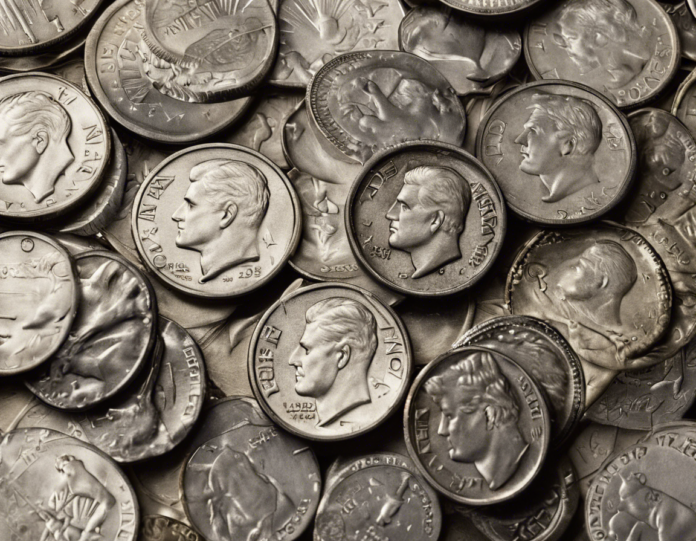Imagine walking into a flea market where you stumble upon a table displaying countless items identical to each other, all priced at a mere ten cents each. You might comment to a friend, “These trinkets are a dime a dozen,” meaning they are abundant and of little value. This expression, like many others, has found a place in our everyday conversations. But have you ever stopped to wonder about the origins and implications of the phrase “dime a dozen”?
What Does “Dime a Dozen” Mean?
The phrase “dime a dozen” is used to describe something that is plentiful, common, and easily acquired, often with the implication that it is of little value or quality. The term emphasizes the sheer abundance and lack of scarcity of the particular item or concept being referred to. It suggests that the item is so common that it is not considered special or unique, and therefore, it holds little worth.
Origins of the Phrase
The origins of the phrase “dime a dozen” can be traced back to the United States in the mid-19th century. During this time, the value of a dime was relatively low, making it a common denomination for pricing items. Combining this with the phrase “a dozen” to indicate quantity, the expression highlights the widespread availability and little value of the item being described.
Examples of Usage
The phrase “dime a dozen” can be used in various contexts to convey a message of abundance and low value. Here are a few examples of how the term can be employed:
- In Everyday Conversation: “In a city like New York, coffee shops are a dime a dozen.”
- In Business: “With so many online retailers, basic electronics have become a dime a dozen.”
- In Criticism: “These cliched plotlines are a dime a dozen in Hollywood.”
Synonyms and Related Phrases
While “dime a dozen” is a commonly used expression, there are several synonymous phrases that convey a similar message:
- Two a Penny: Referring to something as common and inexpensive.
- Cheap as Chips: Emphasizing the low cost and abundance of something.
- Penny Plain: Describing something as simple, plain, and easily accessible.
Impact of the Phrase
The phrase “dime a dozen” carries a subtle but powerful message about the value we attach to things based on their availability and uniqueness. In a world where originality and scarcity often drive value, labeling something as a dime a dozen can serve as a commentary on its lack of distinction or desirability. It prompts us to consider the importance we place on rarity and quality when assessing the worth of objects, ideas, or even people.
Frequently Asked Questions (FAQs)
1. Is there a difference between “dime a dozen” and “a dime a dozen”?
Yes, there is a slight difference. “Dime a dozen” is the more commonly used form of the phrase, while “a dime a dozen” is a less frequent variation. Both convey the same meaning of something being abundant and low in value.
2. Can you give more examples of when to use “dime a dozen”?
Certainly! You can use the phrase in various contexts, such as: “Haunted house movies are dime a dozen in the horror genre,” or “In the gig economy, freelance writers are dime a dozen.”
3. Are there any positive connotations to the phrase “dime a dozen”?
In general, “dime a dozen” is used in a negative context to imply that something is common and of little value. However, in certain situations, such as when referring to basic necessities like bread or water, it can be used neutrally to denote their widespread availability.
4. Are there cultural variations of the phrase in other languages?
Yes, many languages have similar expressions. For example, in French, you might say “dix pour un sou” (ten for a penny) to convey the same idea of something being abundant and cheap.
5. Can “dime a dozen” be applied to people as well?
While it is not polite to liken individuals to common or low-value items, the phrase can be used metaphorically to suggest that a particular type of person is abundant or lacks uniqueness in a given context, such as “In this industry, graphic designers are dime a dozen.”

